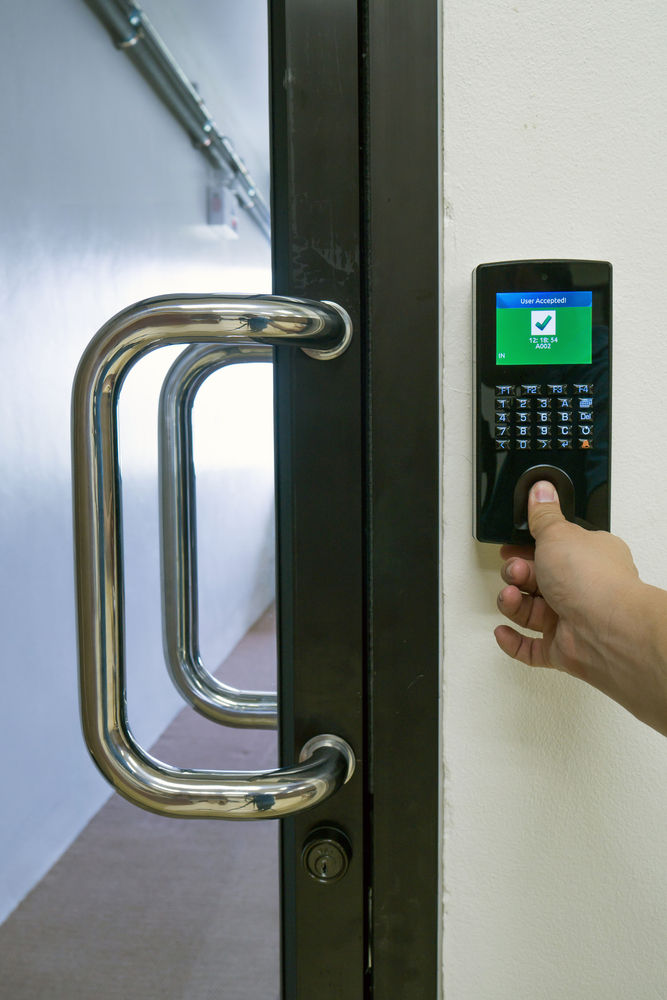Various Types of Waste Wood Boilers
- Emma Smith
- Mar 6, 2019
- 3 min read
Updated: Feb 27, 2024
Waste wood boilers are very useful devices that can be used to get rid of waste wood that is usually accumulated when a project is over. It can provide three different types of heating solutions including domestic hot water supply, conventional radiator heating for offices, and space heating for industries. They provide a high-efficiency rating that can allow people to maximize the returns that can be available using the Renewable Heat Incentive Scheme. These are predominantly made of high quality and can be adapted for all types of applications. In addition to taking care of the waste wood, these boilers also have a large amount of energy at a lower cost and that is why they are used in many places. While a normal biomass boiler can run for 2500 hours per year whereas a waste wood boiler can run for over 7000 to 8000 hours per year. They are further classified as per their fuel types, which are as follows.

5 Types of Waste Wood Boilers
Grade 'A' fuel - Grade 'A' fuel for a waste wood boiler consists of process off-cuts that are generated while making untreated products. These are usually the clean recycled waste wood that comes from scrap pallets, cable drums, packing cases, and packaging wastes. These are all of the non-treated types. The pallets and single-use packaging products are generally untreated forms of wood and that is why they are classified in this grade of fuel. They are types of non-virgin, non-treated wood products that can be used in the boiler.
Grade 'B' fuel - A grade 'B' fuel for a waste wood boiler may consist of grade 'A' wood together with waste wood that comes from demolition and construction activities, civic administration places, furniture manufacture from solid wood, and transfer stations. These are non-virgin, treated forms of wood that can be well-suited for the boiler. What's more, a WID (Waste Incineration Directive) compliance is not needed for operating this type of boiler. Hence, a grade 'B' fuel waste wood boiler is ideal for many types of applications.
Grade 'C' fuel - This type of waste wood fuel may consist of all types of wood that gets bonded through heat treatment. It may also contain grade 'A' and grade 'B' fuels consisting of waste wood but will basically include panel products like plywood, MDF, and different types of panel boards. Using this type of fuel will need a WID-compliant system that can provide 2 seconds of heat at 850 degrees Celsius along with a true flue gas clean-up option.
Grade 'D' fuel - A grade 'D' fuel for a waste wood boiler consists of all types of chemicals that can be mixed with wood. It can be a treated, non-virgin, and hazardous fuel option. The hazardous waste in such a form may consist of wood that has undergone a CCA (copper, chrome, arsenic) treatment. It is essential that this type of fuel must be burnt at a very high-temperature WID-compliant system, i.e., 2 sec at 1,100 degrees Celsius with proper flue gas clean-up option.
A WID-compliant boiler - A waste wood boiler can be classified in two ways, i.e., either having WID compliance or not. While the grade 'A' and grade 'B' boilers do not need a WID compliance certificate, grade 'C' and grade 'D' boilers do need one as treated, non-virgin, and hazardous waste are used as their fuels, and therefore they should be burned properly and fully. WID compliance is an effective way to ensure that these types of fuels are burned in a proper way so that there harm or risk to the environment through the boiler's usage. We have seen here the different types of waste wood boilers as per the fuels that they use. Depending upon an application, they can be selected accordingly for a purpose. Since there are many types of boilers available for use, they are highly desired by lots of people for their different applications. Hence, these devices are an effective way of keeping the environment clean as well as producing useful energy from waste wood.







Comments